
Overview of Seasonal Affective Disorder
Seasonal Affective Disorder (SAD) is an additive of major depression under the DSM IV – R and is characterized by mood swings during specific seasons in otherwise mentally stable individuals. Many experts are still skeptical when it comes to formally accepting SAD as a clinical disorder, but in any case, it is present in the DSM IV – R and has a prevalence of anywhere between 1.5 to 10 percent in the United States. The most typical signs of the SAD include sleep disturbances, loss of energy, depression, and anxiety. As far as the treatment goes for the winter based disorder, many experts opt for cognitive behavioral therapy, medications, and light therapy with bright lights or sunlight. Many experts postulate that one of the main reasons individuals are affected by the disorder is the lack of light. Season affective disorder has a high rate of prevalence in places where the weather is cold and cloudy, such as Finland. Some research studies have indicated that as many as 35 percent of individuals are at some point hospitalized due to the symptoms of the disorder. Other paradigms attempting to identify the cause of SAD claim that the general lack of serotonin in certain individual predisposed them to mood disorders of various types, among them and SAD. Also, a gene responsible for melanopsin has also shown to be correlated with SAD predisposition. On the other hand, there are those who look for evolutionary factors to explain the occurrence. Many species have reduced activity during the winter months due to the lack of food. Some anthropologists claim that SAD is a variant of hibernation experienced by humans. Further, there are also varying degrees of the disorder with milder versions affecting about 15 percent of Americans.
Symptoms and Diagnosis of SAD
The symptoms of seasonal affective disorder range from inability to wake up at a reasonable hour, change in appetite, loss of energy, attention problems, and avoidance of previously important activities. Individuals who are not affected in the winter, which is the most common type of the disorder, but rather during another season, for the most part experience similar kinds of symptoms. When it comes to diagnosing SAD it cannot be found as a separate entity in the DSM IV – R but is a specifier of major depression. It is usually characteristic of individuals who are either depressed or suffer from bipolar disorder. In order to qualify for a clinical diagnosis, a patient needs to meet four criteria outlined in the manual. The depressive period is only typical of a particular season, and mood swings are also present during the same time of year. A patient needs to be affected by the disorder for at least two consecutive years without experiencing any other depressive episodes, and these depressive seasonal episodes are the most prominent of their kind in the patient’s life. Only individuals who meet these criteria and are unable to perform daily duties on a regular basis as a result can receive a formal clinical diagnosis.
Many Different Treatments for Classic Seasonal Affective Disorder
Light therapy is one of the most commonly used types of treatment for SAD. Light therapy utilizes a light box which emits rays much stronger than an ordinary house lamp. A patient sits relatively close to the lamp, looks in its direction but not directly at the light for half an hour to an hour. Scheduling the sessions is particularly important with this type of therapy. Many research studies have shown that light therapy suppresses melatonin, and it turn helps alleviate the symptoms. Individuals are also advised to spend as much time in the daylight as possible. Coupled with light therapy, many clinicians opt for using dawn simulation as well. Negative air ionization in the bedroom also helps change the mood from negative to positive. When it comes to medications, selective serotonin reuptake inhibitors and antidepressants are the first line of therapy, and usually the only one necessary. As is the case with any other disorder, a combination of medications and other forms of treatment are often advised as they produce the best results.
Winter Depression is Common for Most Inhabitants of the Nordic Countries
Many individuals living in the Nordic countries complain of winter blues, with Iceland being an exception to the rule. Experts suppose that the Icelandic population is genetically predisposed not to be affected by SAD. A study even looked at Canadian of Icelandic descent and concluded very low prevalence of the disorder compared to the general population. In addition, the occurrence of the disorder in most Nordic countries was first noted back in the 6th century by various scholars. In countries other than Iceland, the seasonal affective disorder is well embedded in the culture. As far as the Irish go, almost 20 percent of the population will at some point in their lives be affected by SAD, whereas around 10 percent of individuals in the Netherlands can expect the disorder.



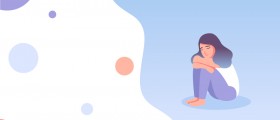
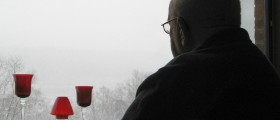

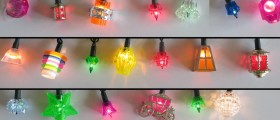

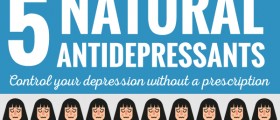


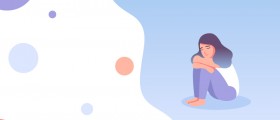




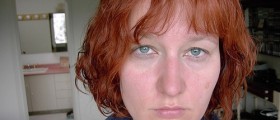
Your thoughts on this
Loading...